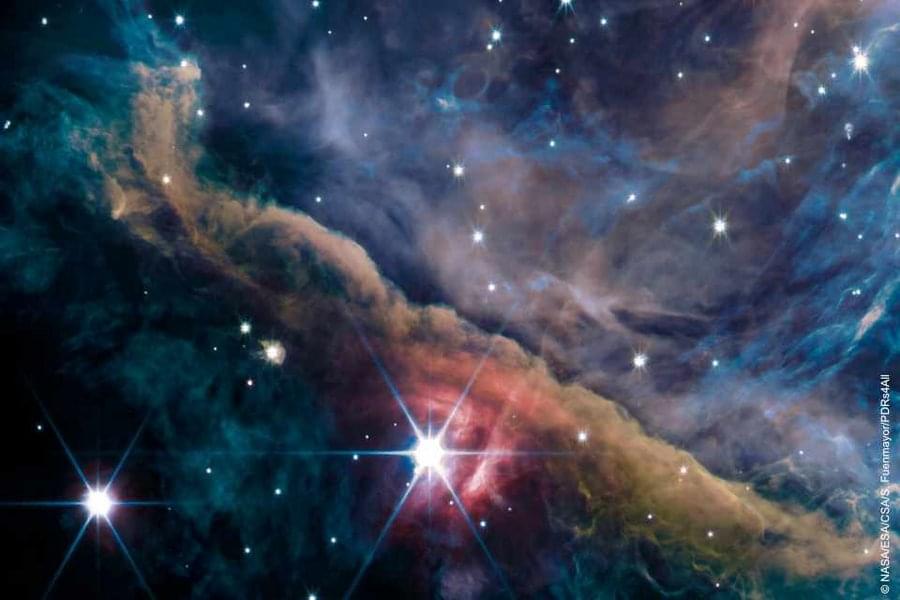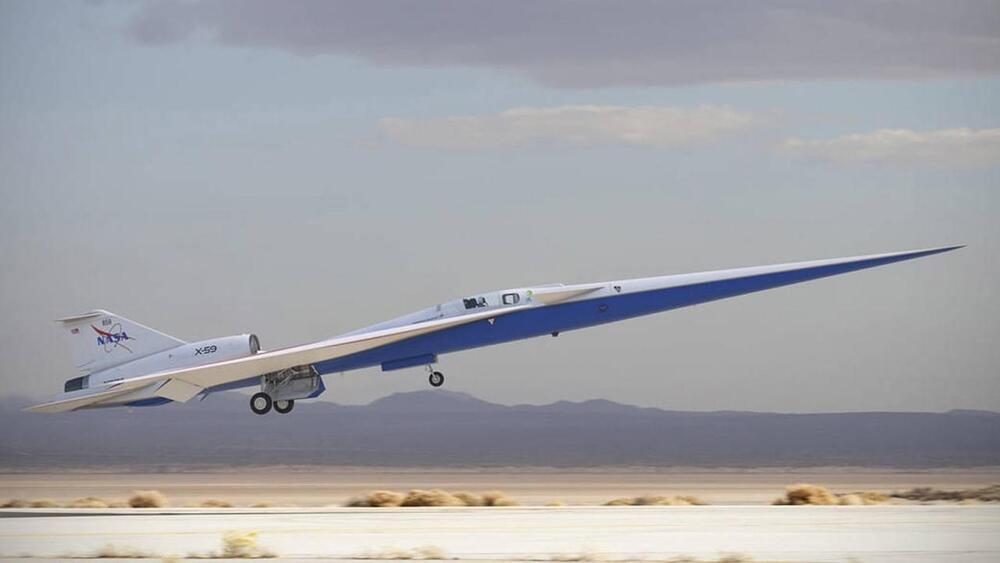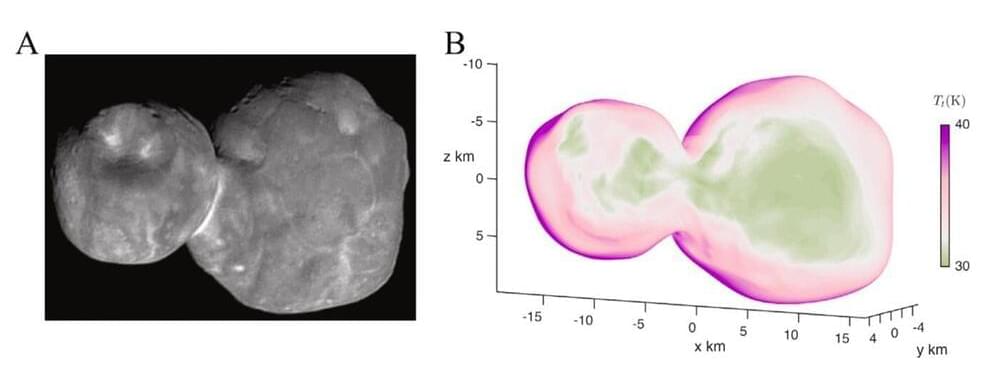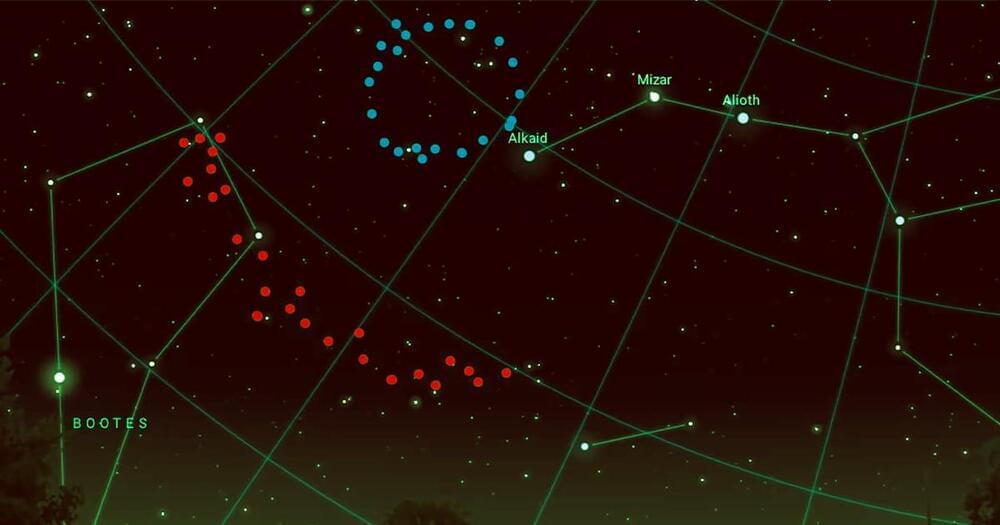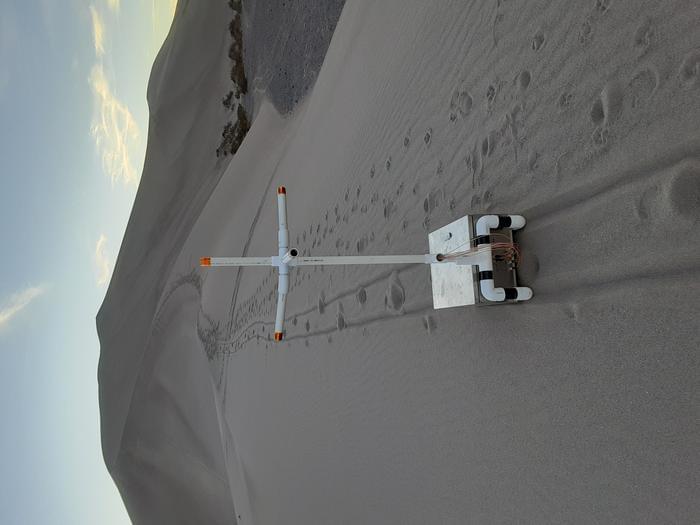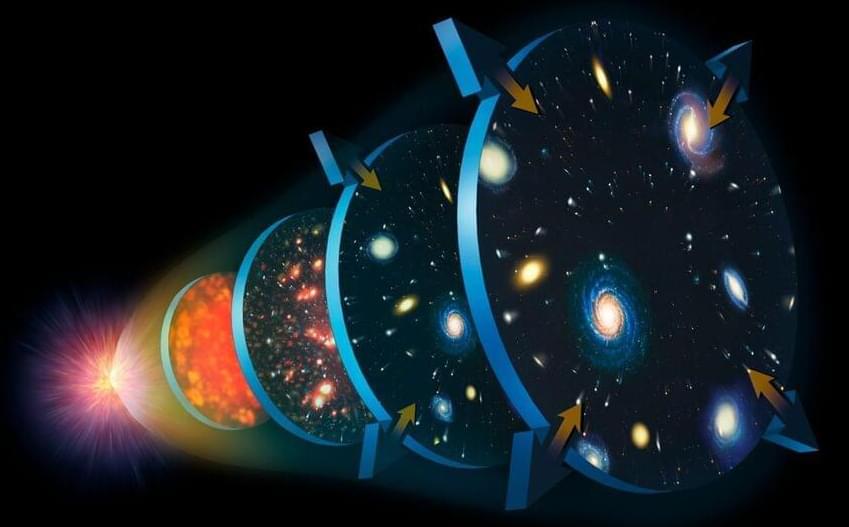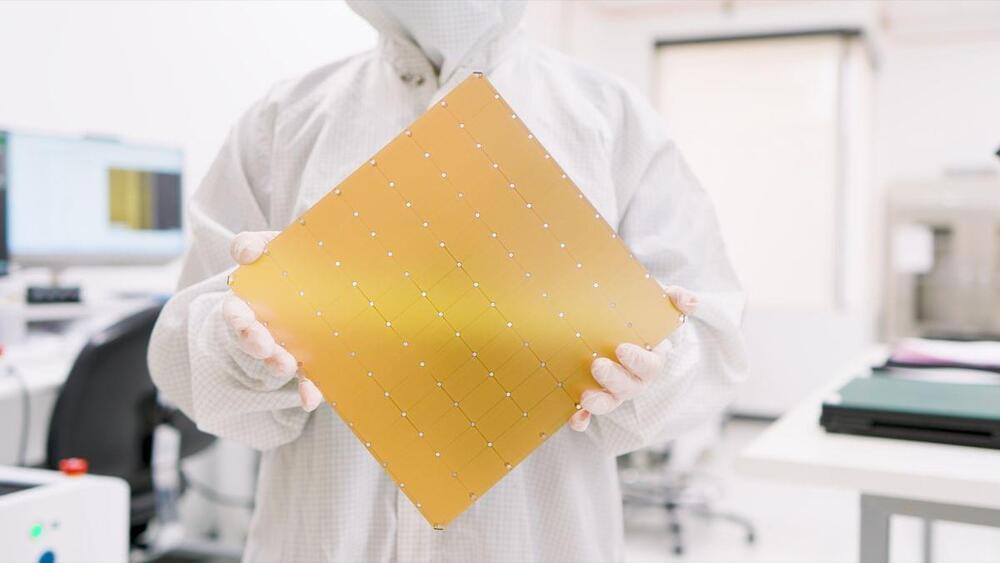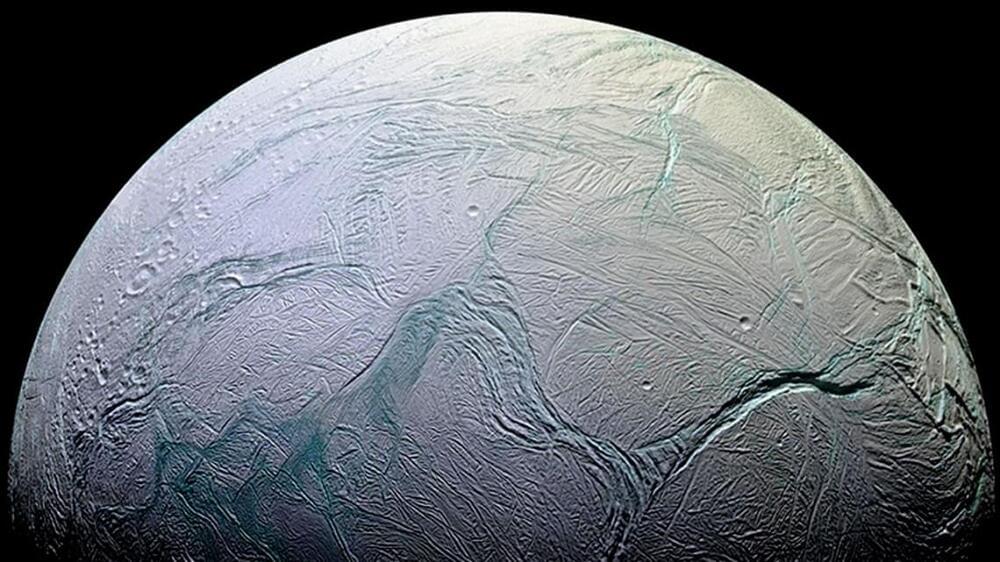
Cornell University astrobiologists have devised a novel way to determine ocean temperatures of distant worlds based on the thickness of their ice shells, effectively conducting oceanography from space.
Available data showing ice thickness variation already allows a prediction for the upper ocean of Enceladus, a moon of Saturn, and a NASA mission’s planned orbital survey of Europa’s ice shell should do the same for the much larger Jovian moon, enhancing the mission’s findings about whether it could support life.
The researchers propose that a process called “ice pumping,” which they’ve observed below Antarctic ice shelves, likely shapes the undersides of Europa’s and Enceladus’ ice shells, but should also operate at Ganymede and Titan, large moons of Jupiter and Saturn, respectively. They show that temperature ranges where the ice and ocean interact — important regions where ingredients for life may be exchanged — can be calculated based on an ice shell’s slope and changes in water’s freezing point at different pressures and salinities.
